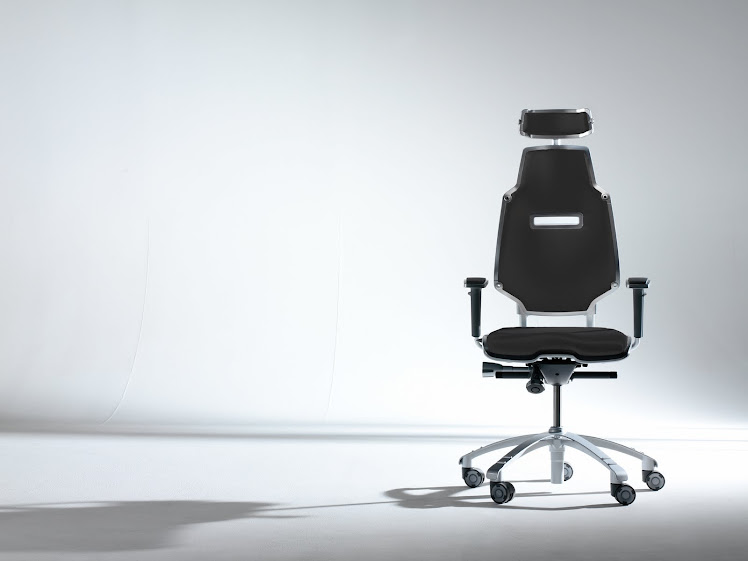You Can't Fit the Job to Everyone!
Unfortunately, there is a common belief that designing for the full range of the working population is infeasible because it requires expensive engineering design. There are three approaches that can be used to help use design for the full range of the working population:
1.
Design for adjustability
2.
Do not design for the average
3.
Design for extremes
Design for Adjustability
Many engineers question the feasibility of adjustable workstations. The common belief is that workstations need to accommodate 12" of vertical adjustability (e.g. head height difference of a 5' 1" female and 6' 3" male). When you consider that people work with their hands and not with the top of their heads, you realize 12" of adjustability is not necessary. Designing for 4" to 6" of adjustability, the difference in hand working height (elbows bent 90°) of the 95th percentile North American male and the 5th percentile North American female, will accommodate 95 percent of the working population.
Do Not Design for the Average
Who is considered the average person? There isn't one! If you were to offer to buy safety shoes for a classroom of adults, the first question you would ask is, "What is the size of your shoes?" As you record the sizes, you would notice the sample of data would resemble a normal distribution curve. If we purchase only one shoe size (the foot size in the middle of the curve) less than 68% of the people would have comfortable fitting shoes. Those with bigger shoe sizes would not fit into the shoes, and those with smaller shoes would have to stuff them with newspaper. When you design for the average, you limit the majority of the population.
Design for Extremes
The goal of designing for the extremes is to accommodate as much of the population as possible. Size apertures for hand and tool access, tool and part storage locations, clearance and access are all instances in which designing for extremes is the preferred application of ergonomics. Consider the following examples:
•
Hand access – design for the largest male’s hand to accommodate smaller hand sizes
•
Tool and part storage location – design for the smallest female’s horizontal reach to accommodate all reach capabilities
•
Doorway clearance – design for the largest male to accommodate all populations

No comments:
Post a Comment